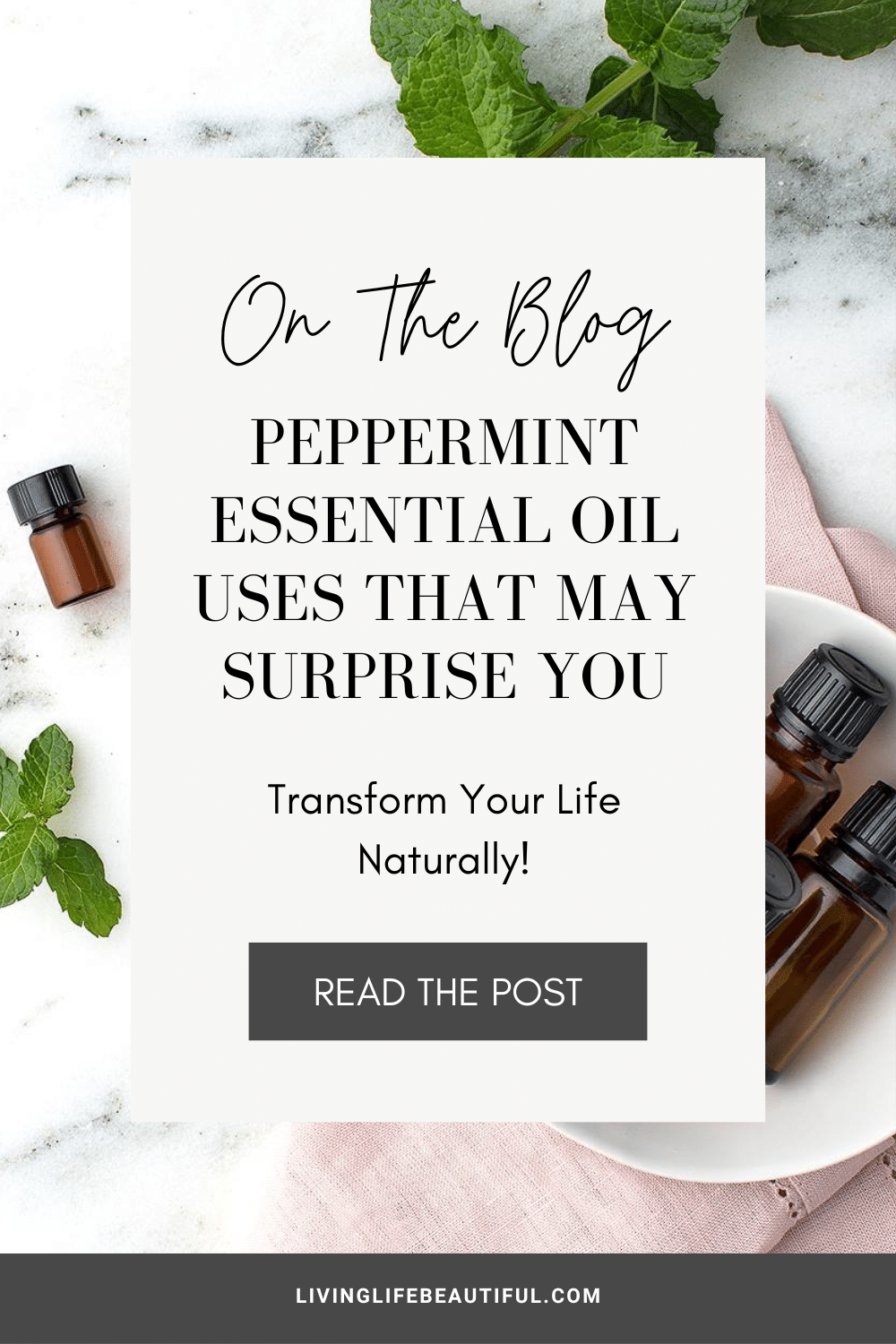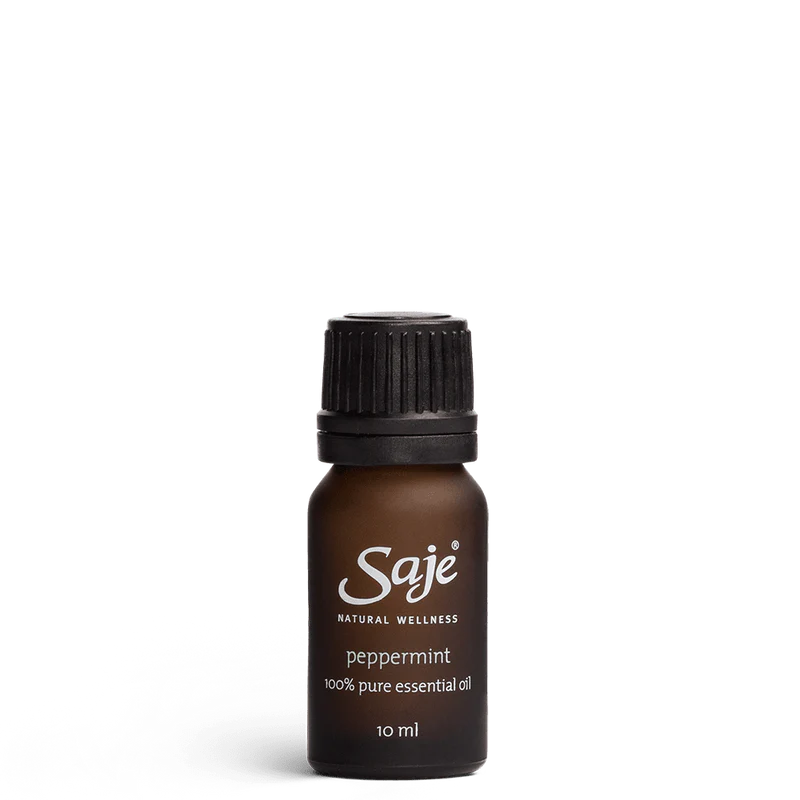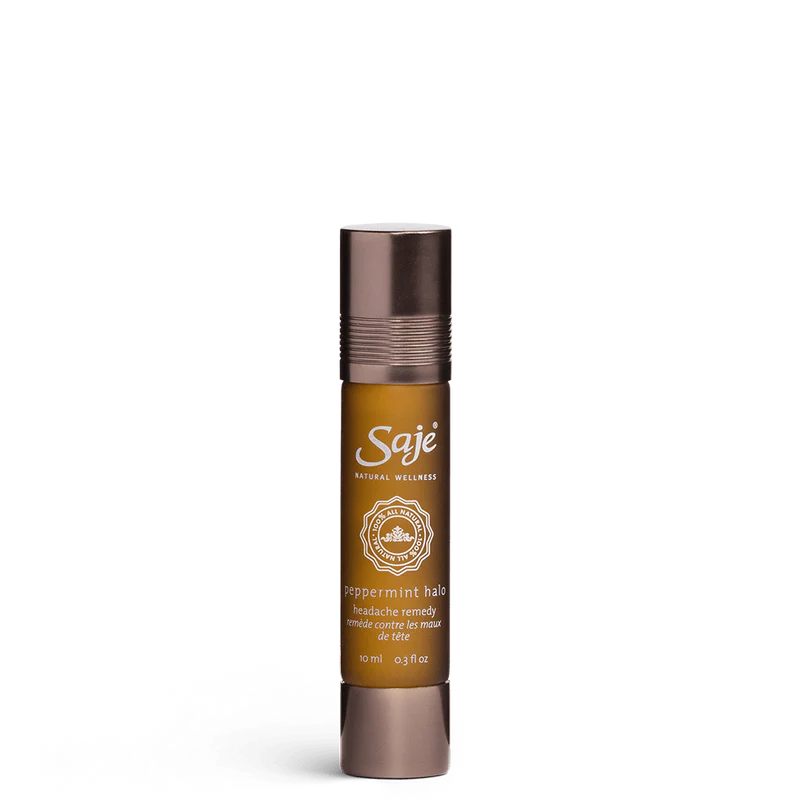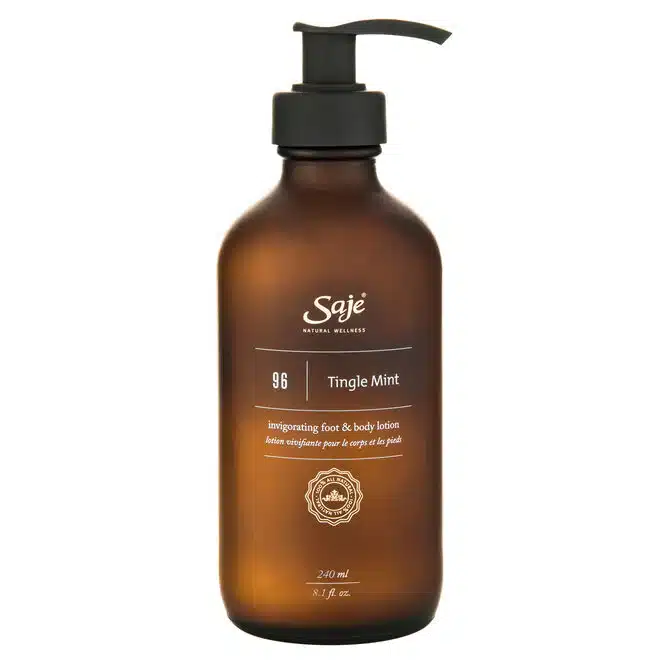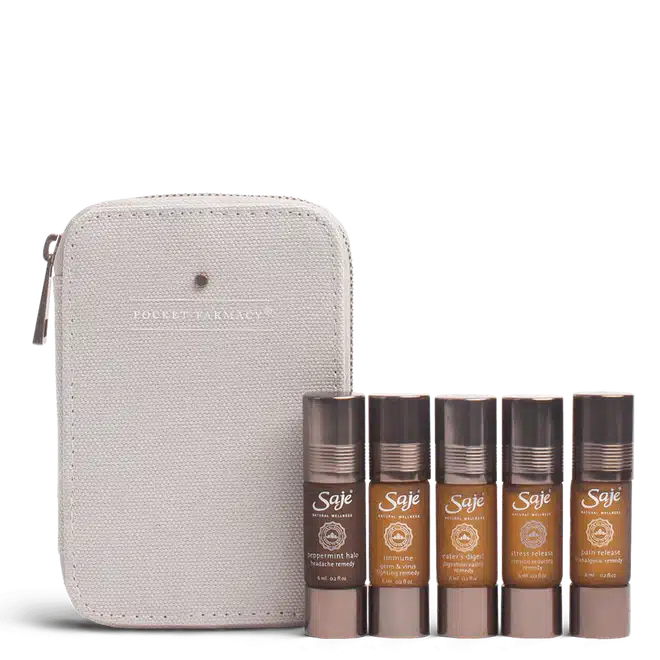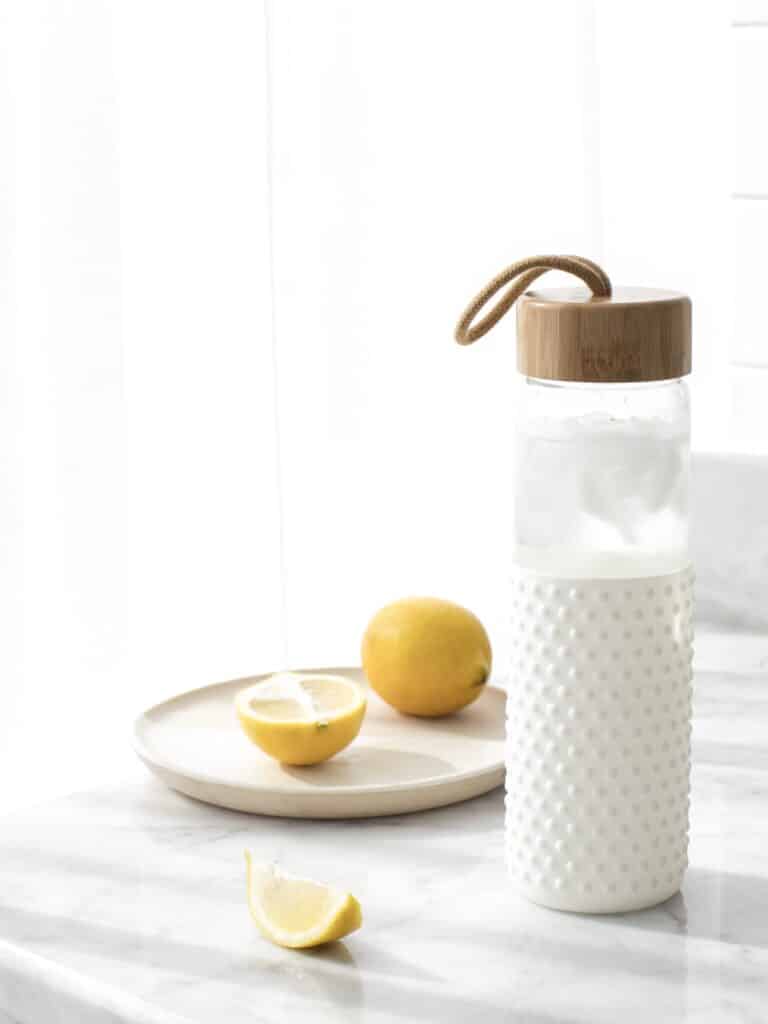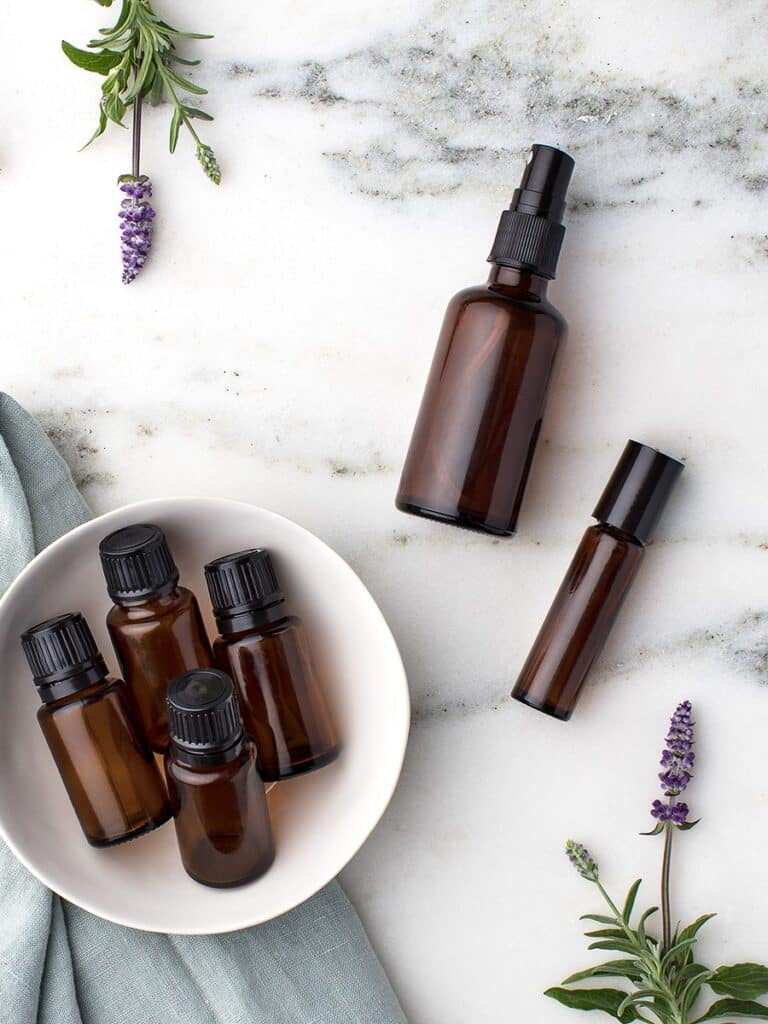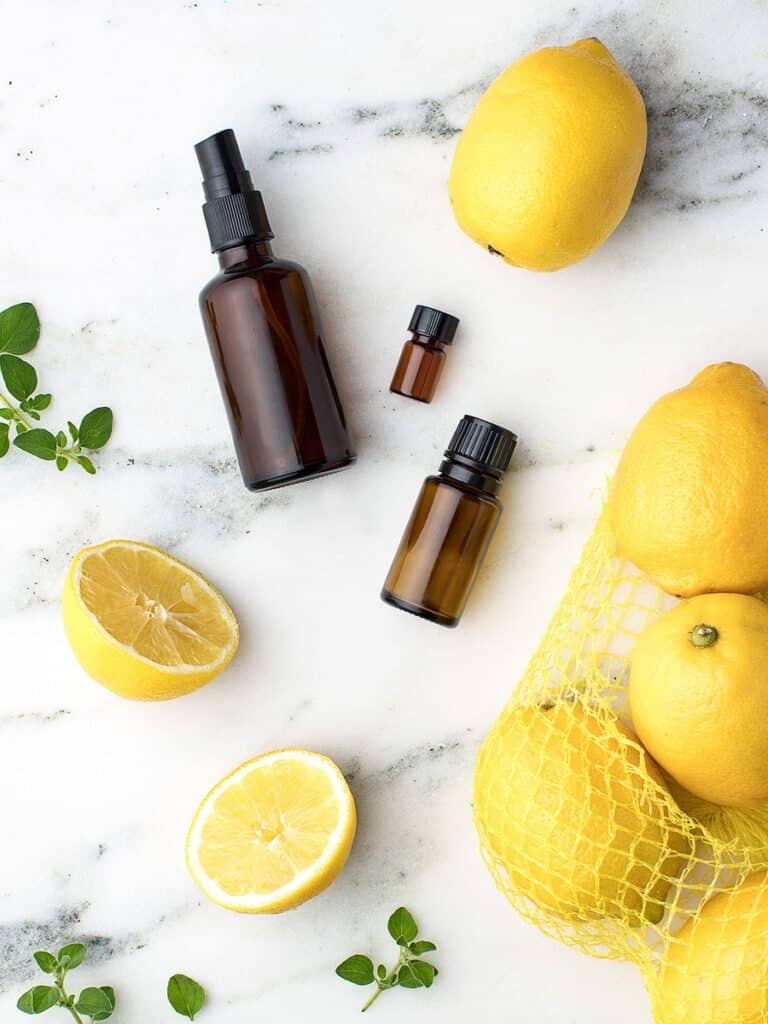Peppermint Essential Oil Uses That May Surprise You
Peppermint essential oil offers many uses and benefits that can improve your overall well-being. From its invigorating scent to its cooling and refreshing properties, this versatile oil is a must-have for anyone seeking natural solutions to common health concerns. Some of these uses may surprise you!
This post contains affiliate links; see disclosure for more information.
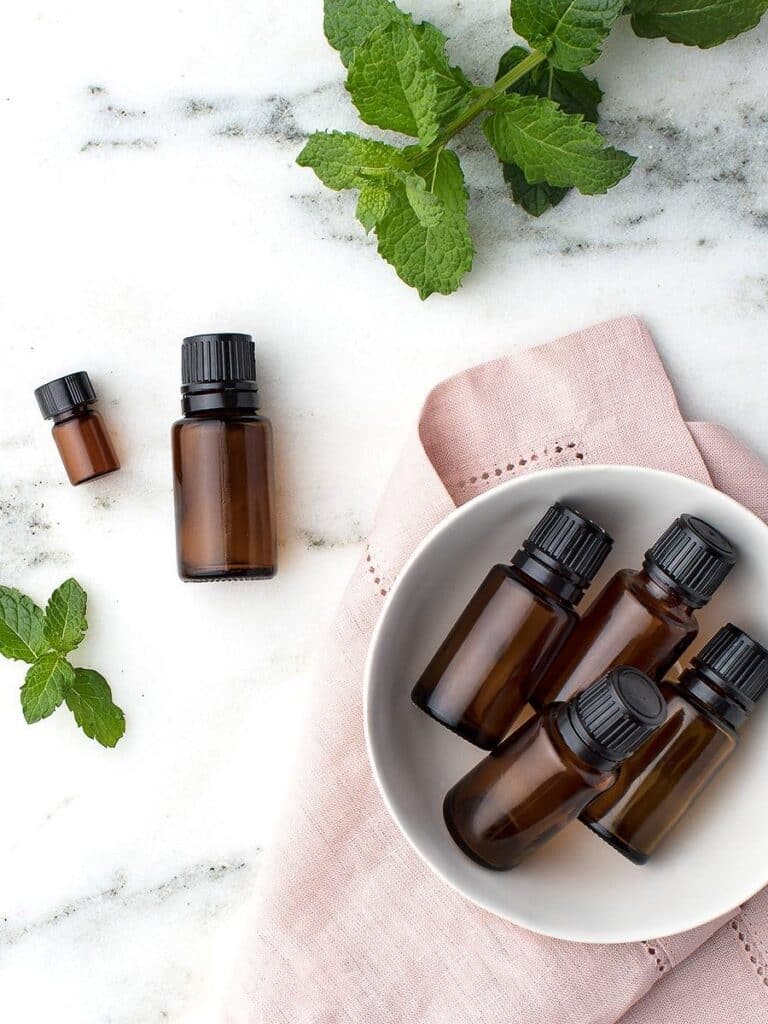
The Peppermint Plant
Peppermint is an herb in the mint family that has been used for centuries for medicinal and culinary purposes.
The plant’s history can be traced back to 1753 when the famous botanist Carl Linnaeus first described it. The peppermint plant is known for its refreshing and cooling properties, attributed to its high menthol content.
The finest peppermint is grown in regions with cool climates. The leaves are harvested and distilled to extract the peppermint essential oil. The oil is known for its anti-inflammatory, analgesic, and antimicrobial properties. It can be used for a range of purposes, such as freshening breath, relieving headaches, and improving digestion.
I love the refreshing fragrance of peppermint essential oil. When I diffuse a peppermint oil blend into our home, it alleviates stress, improves mental clarity, and boosts energy levels. The oil can also be applied topically (diluted with a carrier oil) for therapeutic benefits.
Peppermint essential oil is always great to have on hand due to its many beneficial properties. This oil can positively impact your overall well-being.
Additional Resources
Join my Weekly Newsletter to receive my Free Essential Oils Handbook
Let’s stay in touch! Sign up today to have the handbook delivered straight to your inbox!
What does Peppermint Essential Oil Smell Like?
Peppermint is an aromatic herb in the mint family. Its sweet, cooling sensation and refreshing, minty aroma are instantly recognizable. The scent is refreshing, which makes it a popular choice in aromatherapy, as mentioned above.
Due to its fresh scent, the peppermint extract is often used in various products such as toothpaste, chewing gum, and cosmetics.
How to Grow Peppermint at Home
Peppermint is a popular herb known for its refreshing aroma and therapeutic benefits. However, if you’re planning to grow peppermint in your herb garden, it’s important to remember that it can be quite invasive and may spread if not contained properly.
One way to grow peppermint without worrying about it taking over your garden is to plant it in a container. This allows you to control its growth and keep it from spreading to other areas.
To plant peppermint in a container, first, choose a pot that is at least 12 inches in diameter and has good drainage. Fill the pot with a potting mix and add some compost or fertilizer to give the plant the necessary nutrients.
Next, plant the peppermint seedlings in the pot, spacing them at least 18 inches apart to allow room for growth. Water the plants thoroughly after planting and keep the soil moist but not waterlogged. Peppermint prefers partial shade and requires sunlight daily, so place the container in a spot that receives adequate light.
I have no doubt that, with proper care, your plant will thrive and produce fresh peppermint leaves that can be used for tea, cooking, or aromatherapy.
My experience with Peppermint Oil
A funny but not-so-funny story…a few years ago, I had some leftover cupcakes from a picnic with my staff in another town. I had kept them in my car, covered with a blanket. Unfortunately, I forgot about them, and mice entered my vehicle – the little rascals.
As I don’t like mice (not sure who does), I decided to try a hack I had read about and put cotton pads soaked in peppermint oil in an open plastic bag on my car’s dashboard. Surprisingly, the trick worked, and I never saw the mice again. The bonus was that the peppermint oil made my car smell really good!
If I could pick one primary health benefit of using peppermint oil, it would be for headaches. Saje Wellness makes the perfect pocket farmacy kit if you are looking for a natural remedy to help you with headaches and symptoms. I often get tension headaches and even migraines, and peppermint oil can help soothe them. My family swears by this kit, and you can find 5-star reviews on their website.
Another product I enjoy that uses mint as an active ingredient is Zellie’s Breath Mints. These are great for freshening breath and excellent for teeth. Small amounts after eating help reduce the acid in your mouth, which is fantastic for your teeth. This is a favorite, and I highly recommend Zellie’s Sugar Free Breath Mints for oral health.
Related Resources:
Peppermint Essential Oil Uses and Benefits
Peppermint oil is a versatile and widely used essential oil with numerous benefits and applications. It is derived from the leaves of the peppermint plant, a hybrid of watermint and spearmint. The oil has a refreshing and invigorating aroma and is a popular choice for aromatherapy, personal care, and household use.
Peppermint essential oil is also known for its natural therapeutic properties, which can help alleviate headaches, nausea, and digestive issues. Its cooling and soothing effect can help reduce inflammation and muscle tension. In addition, peppermint oil is a natural insect repellent and can help keep your home free from pests.
Apart from its therapeutic benefits, peppermint essential oil is a popular ingredient in personal care products such as toothpaste, mouthwash, and shampoo. Its antiseptic and antibacterial properties can help fight bad breath, dandruff, and other skin and scalp conditions.
Some people use peppermint oil as a natural alternative to synthetic fragrances.
Has any of these surprised you yet? The health benefits of peppermint essential oil will make you want to keep this natural resource in your home.
Peppermint Essential Oil Uses
Whether you use it for aromatherapy, personal care, or household use, peppermint oil is a safe and effective choice that has been used for centuries. With its many benefits and applications, it’s no wonder it’s a top favorite among essential oils.
- Place a drop of peppermint oil in the palm of your hand with one drop of Orange and one drop of Frankincense, and inhale for a midday pick-me-up
- Peppermint oil can be used topically to treat headaches. Always use a carrier oil and do a patch test before applying it to your skin.
- Peppermint helps reduce stomach acid and relieves nausea.
- Peppermint aromatherapy will relieve symptoms of stomach discomfort, colds, and coughs and help with joint and muscle pain.
- Dilute a drop of Peppermint oil combined with Fractionated Coconut Oil and place it under your nose to support open nasal passages and nasal congestion.
- Add drops of peppermint oil to a cold compress and cool down your overworked feet.
- Take a deep breath. Inhale the aroma deeply to invigorate the lungs and increase alertness.
- Apply Peppermint with Lavender to the neck and forehead to relieve muscle aches, stress, tension, and pressure.
- Rub on the stomach for digestive discomfort and abdominal pain
- Diffusing Peppermint will help control your appetite and make you feel full faster.
- Inhale Peppermint straight from the bottle to stay awake on long drives.
- Add peppermint oil and water to a spray bottle to repel bugs naturally
- Next time you exercise, apply a bit of Peppermint to your chest or take a deep breath straight from the open bottle.
- Add peppermint oil to shampoo to awaken your senses and help with scalp health.
- Deeply inhale pure peppermint to feel revitalized and energized
Topical Application
Be very careful about the topical application of peppermint oil. To avoid skin irritation, you will want to ensure you mix it with carrier oil or olive oil before you apply it. You will also want to do a patch test before using it, especially if you have sensitive skin.
Shop Peppermint Essential Oil Support
Herbal Medicine using Peppermint Tea
Our tea collection at home is just that – a collection. It ranges from classic black tea to herbal blends. Our all-time favorite tea types include Earl Grey, English Breakfast, Ginger, Peppermint, and Chamomile.
We love experimenting with new teas and flavor combinations, and it’s always exciting to try out unique blends. A warm, comforting cup of tea is a great way to help us unwind and relax after a busy day.
These are two of the most popular blends we use in our home:
As you can see, essential oils have numerous benefits beyond the pleasant fragrance. However you choose to bring these therapeutic properties into your life, they will help enhance your physical and emotional well-being.
I recommend incorporating peppermint essential oil into your daily routine. You will experience a wide range of benefits. From relaxing your mind and body to promoting healthy digestion and relieving stress, essential oils can be used in various ways to support your overall health.
Transform Your Life Naturally!
Join my Weekly Newsletter to receive my Free Essential Oils Handbook
Let’s stay in touch! Sign up today to have the handbook delivered straight to your inbox!
Ready to elevate your health, home, and happiness? Grab your FREE copy of The Essential Oils Handbook: 50+ Ways to Elevate Your Life and Home Naturally!
- Discover powerful uses for essential oils.
- Create a calming, toxin-free home.
- Boost your wellness and energy.

Hey there, I’m Cheryl
I’m a proud mom, wife, business professional, and Maritimer who loves decorating and organization. From daily essentials to interior design, join me as I share my next project, plan, or tutorial. Using simple planning and organization strategies, I love to help folks like you bring more beauty and harmony into your lives and living spaces.
Routines can help reduce stress, save time, and create peace of mind. Establishing routines for wellness, cleaning, cooking, and planning ahead is beneficial to your life and home.
Don’t forget to pin this for later!
